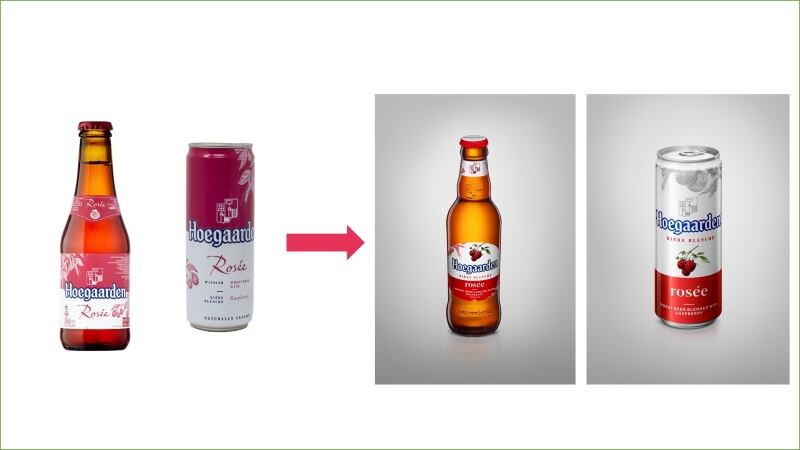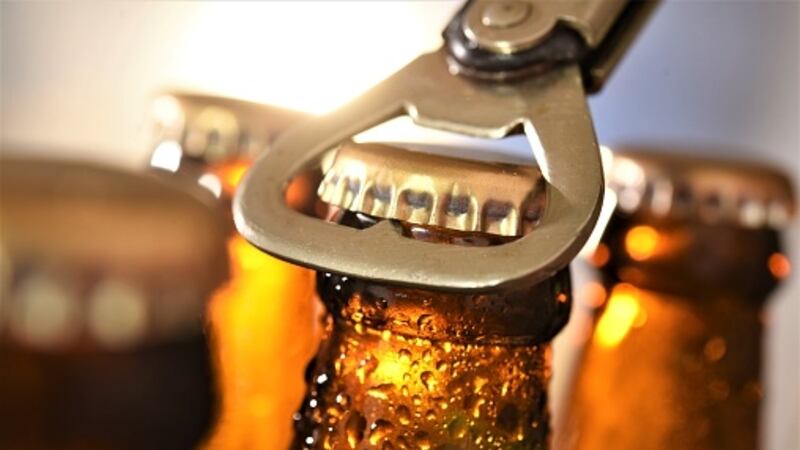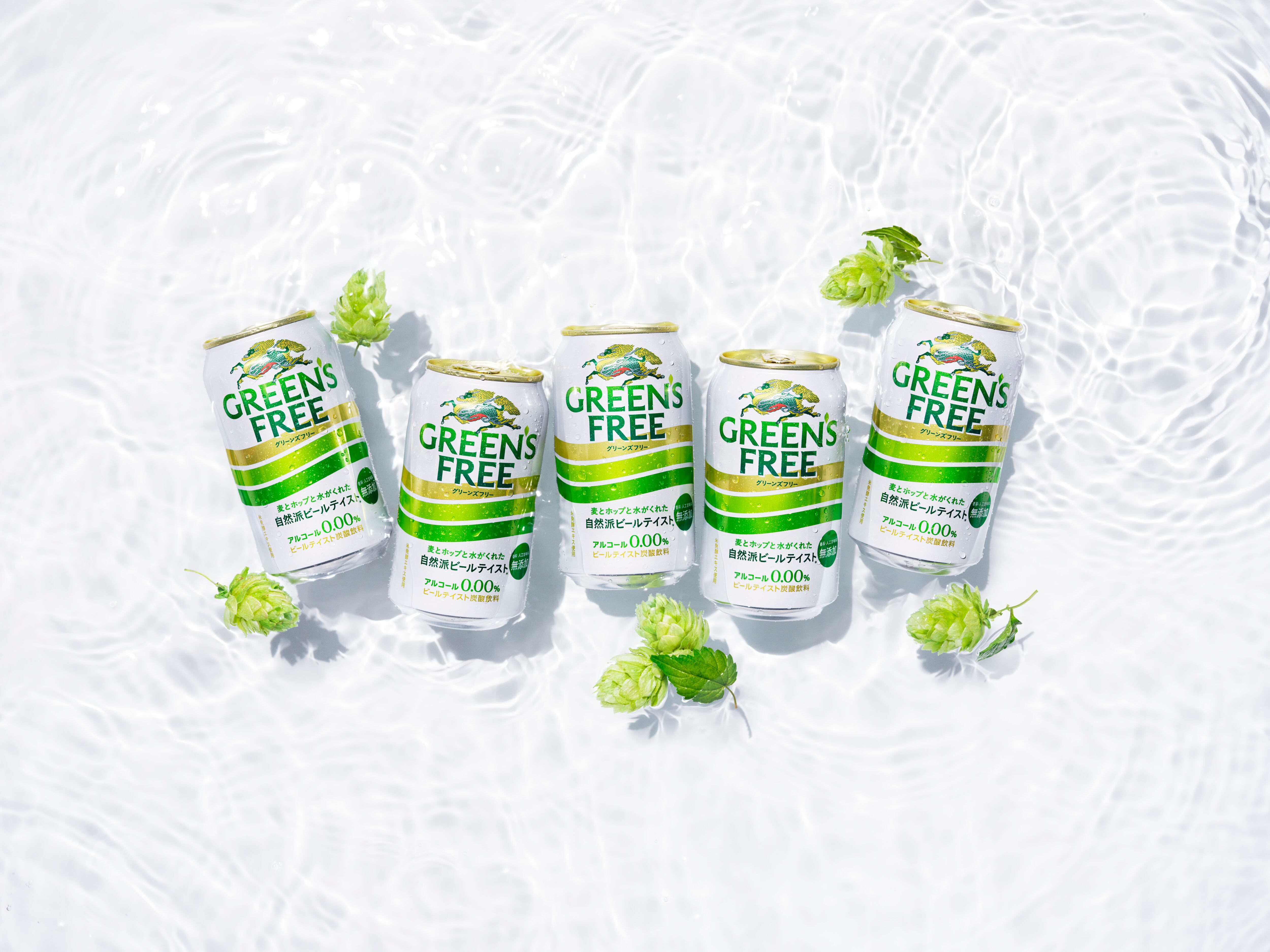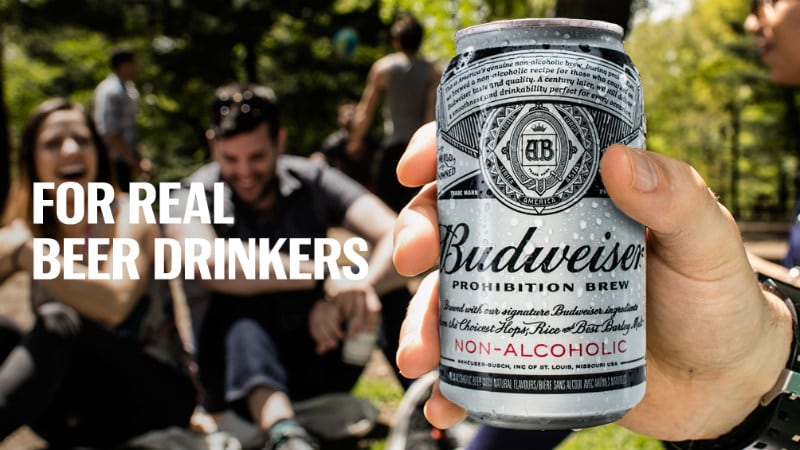Hoegaarden rosée was first created and launched in 2007, and this is the first time after 13 years that AB InBev has sought to upgrade the beer’s image.
“We’re doing this rebranding in Asia first as we’ve just seen a lot of growth in the Asia Pacific region and especially ASEAN,” AB InBev General Manager for Thailand, Philippines and Indonesia Dominic Kirk told FoodNavigator-Asia.
“The aim is to accentuate the key ingredient we use which is raspberry, as we often find that consumers don’t actually know that the pinkness comes from raspberry [and it is often mistaken for other berries] – so we have really made the raspberry front and centre in the new packaging design, and also altered the colour gradient from the previous bright pink to a more raspberry colour (red ruby).
“The idea is also for it to seem more hip, contemporary and up-to-date, given that this is the first time we’re doing a rebranding after so many years.”
Hoegaarden rosée is a wheat beer blended with raspberry juice from Europe, with a sweeter taste than regular beer and a pink colouration that has drawn a primarily female audience. Thailand is the firm’s main market for this raspberry pink beer.
“Roughly 50% of the consumer base for Hoegaarden rosée in Thailand is female, much higher than for the regular Hoegaarden White. Some 30% is male, and the remaining 20% or so is LGBT,” said Kirk.
“Apart from the pink colour and sweetness, this could also be because it is much easier on the palate and has a lower alcohol content (3% ABV) than Hoegaarden White (4.9% ABV).
The rebranding will also involve a new bottle shape for Hoegaarden rosée, which will make it similar to the current Hoegaarden White bottle (330ml) but in a smaller size (248ml) and both variants will be more obviously part of the same series.
“Because Hoegaarden rosée has always been primarily targeted at females and is also considered more of a treat or celebratory drink, it made sense to us for the bottle size to be smaller,” he said.
Hoegaarden rosée is also launching a 500ml can version, which is larger than the current can size at 330ml. According to Kirk, this is not because it is hoping to get consumers to drink larger amounts, but more in keeping with evolving local trends.
“The fastest growing retail segment in Thailand, as well as in Singapore and Malaysia, for Hoegaarden rosée has been the convenience store retail format,” he told us.
“We’ve realised that the 500ml can format has been more popular in Thailand as people are buying these to share with friends, especially during COVID-19 where home consumption became necessary, so consumers would buy larger amounts and pour these out to share, so wanted to let them do the same with Hoegaarden rosée too.”
There is also a larger 750 ml bottle version of Hoegaarden rosée available. The rebranding will apply to all of the mentioned SKUs across both bottles and cans.
Asian popularity
Kirk also revealed that Hoegaarden rosée is much more popular in Asia as compared to Western countries, citing the sweetness factor as a possible cause for this.
“In some Asian countries like Thailand and the Philippines, there is much more of a sweet tooth in the market and sugar is a much more key ingredient in most foods, so this might be why a sweet beer is so popular too,” he said.
“This is opposed to in places like the United States and Europe where the palate is more bitter, and where [for us Hoegaarden White does better] as a result.
“In addition, Hoegaarden rosée is also one of the first major pseudo-craft beers in Asia other than lager and it matches the local cuisine, especially in Thailand which is big on seafood and spicy foods, plus it is also brewed from wheat instead of barley so tend to be more satiable and easy to drink.”
Although this is the first time a rebranding for Hoegaarden rosée has come to Thailand, the new look has already been unveiled in China and Vietnam, though with less fanfare as Thailand is considered AB InBev’s main market for this beer.
The next market this new look is expected to hit is South Korea soon, and the rest of South East Asia in 2021.





